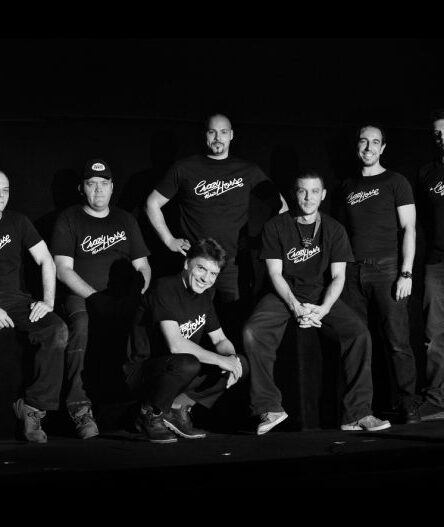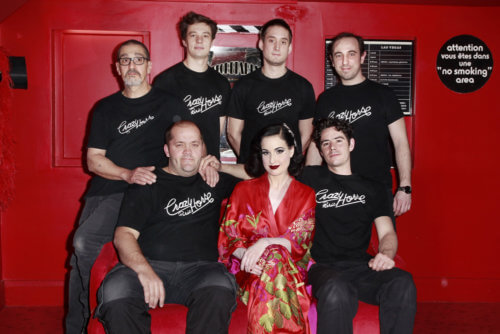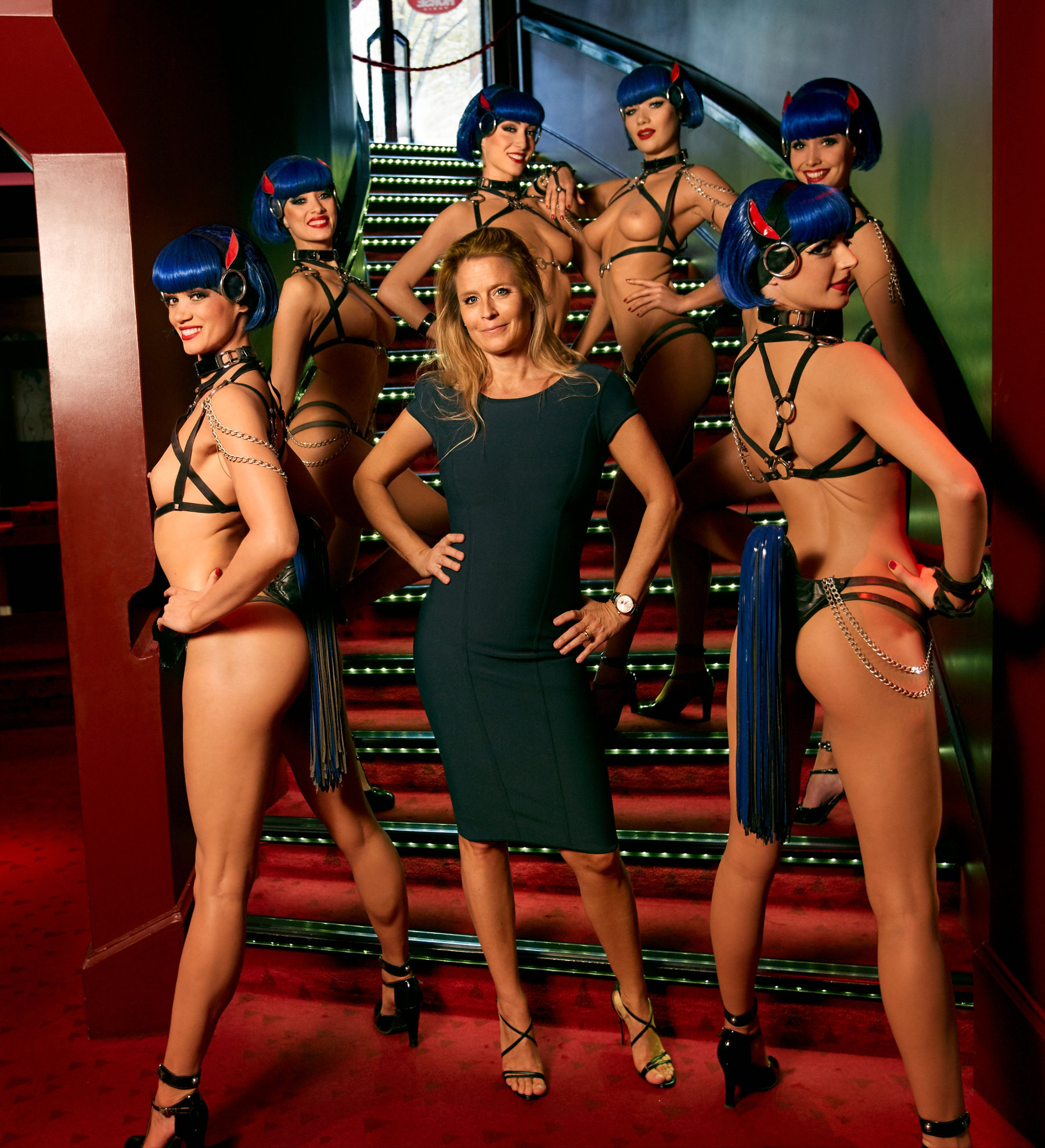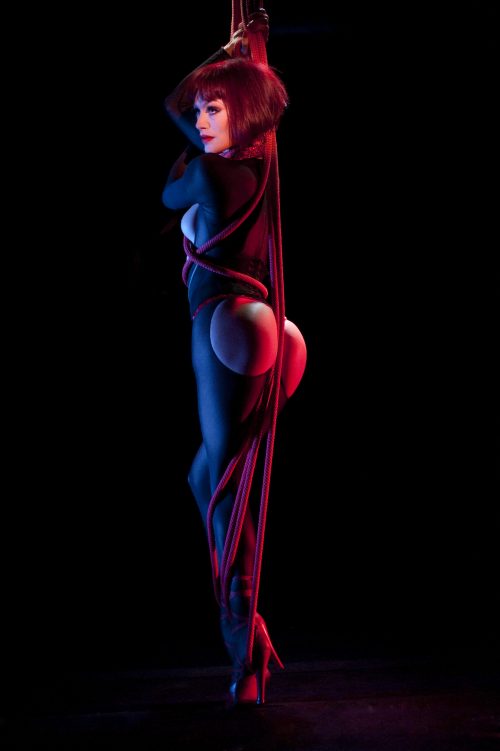STAGE MANAGEMENT
The men and women behind the scenes at the control room put the lights on the artists and provide all the technical services for Crazy Horse Paris show.

STAGE MANAGEMENT
They work in the shadows to dress the Crazy Girls in light. We met the general manager of the cabaret, who is also in charge of the technical direction: he reveals all the secrets of his job and tells us in his own way about the sublime osmosis of the lighting and the show.
Let's start the interview!
How has working with light evolved at Crazy Horse Paris?
I’ve been lighting manager at the cabaret for 20 years, and the approach to light in the shows has changed a lot. More than anything, it’s technology that has enabled us to envisage a different way of working. In the early days, light was “fixed”, with illuminated graphic backdrops or with slides. Today we use the moiré technique, which gives vibrancy and spirit to the lighting and creates a true animation on the dancer’s body.
Light is of paramount importance at Crazy Horse Paris. Can you tell us more about it?
Technological progress is important, but so is staying true to what makes up the DNA of Crazy Horse Paris. We always follow a few “golden rules” introduced by the founder of Crazy Horse Paris, Alain Bernardin: no low angles and no direct overhead projectors, which “flatten” the dancers’ bodies, but rather side lights or footlights, which accentuate and enhance the silhouettes. The light is distributed with extreme exactitude to emphasize certain parts of the body, and of course to showcase the delicacy and precision of the scenes. Each one is a visual work of art in which light is central – there is no room for error.
How do you approach lighting design for the scenes, in particular for artistic collaborations?
My role is a combination of consultancy and expertise, and leads me to work with prestigious performers and directors from all over the world. I have to find a middle ground between their vision of the scene and technical feasibility. Specifications and a storyboard are required, as a starting point for discussions to find the best way to clothe the scene in light. It is, of course, more complicated for a scene with a number of different effects. For “Glamazones”, for example, the difficulty lies in the use of video projections at the center and sides of the scene; lighting from the front must be limited, so as not to mask the projection, while still highlighting the dancers.
What are the specific characteristics of your work at Crazy Horse Paris?
The changes between two scenes are very quick: the technicians have between 30 and 50 seconds to carry them out! That results in a certain pressure, but the team is highly professional and we have had very few incidents. One day one of the stage managers had to remain on stage. He didn’t have time to leave because the curtain was going up… he stayed hidden behind a decorative feature during the whole scene! The public didn’t see a thing, but for us it was stressful, although now the incident has become a fond memory!
I’ve been lighting director on more than 12000 shows; I’m delighted and proud to contribute to the quality and excellence of the shows at Crazy Horse Paris, so that every night the magic remains intact.

Discover More


